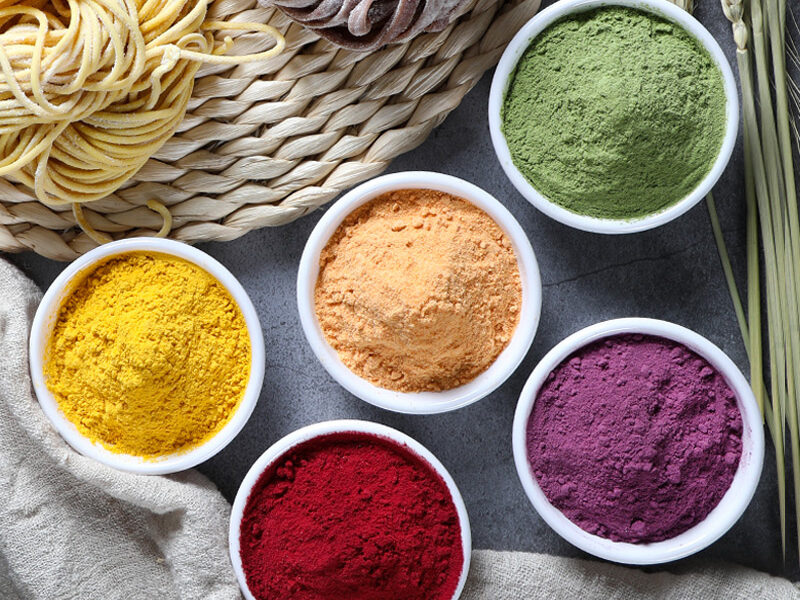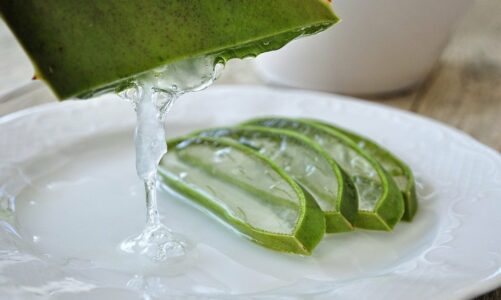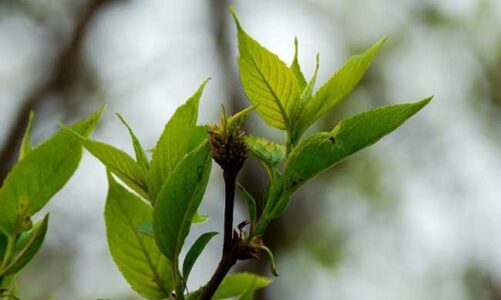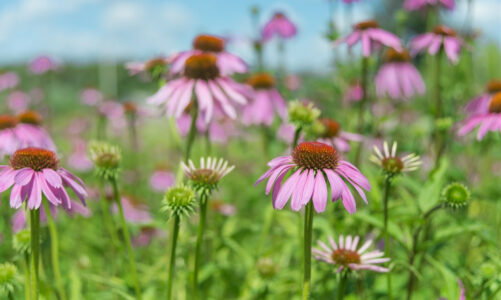Natural plant pigments mainly include: flavonoids, anthocyanins, carotenoids, quinone pigments, chlorophyll and more.
Flavonoids Natural Plant Pigments:
Flavonoid pigments are water-soluble pigments with a keto carbonyl structure, and their derivatives are mostly yellow. For example, curcumin extracted from the tubers of turmeric and turmeric has antioxidant, anti-inflammatory, antibacterial, and anti-tumor effects. Seabuckthorn yellow pigment, which mainly exists in the peel of seabuckthorn, has bright color, strong tinting strength, is safe and reliable, and can improve the flavor. It is an important food additive.
Anthocyanins Natural Plant Pigments:
Anthocyanins can be converted from chlorophyll. Mainly in the form of anthocyanins in petals and fruits, such as morning glory, eggplant, strawberry, dragon fruit and more. The color of anthocyanins is related to pH, and most of them are reddish, purple fruits and vegetables contain anthocyanins. The anthocyanin in black wolfberry is the highest content in plants found so far. Purple sweet potato has high yield and is rich in anthocyanin, which is an ideal raw material for anthocyanin extraction.
Carotenoids Natural Plant Pigments:
Carotenoids are a class of fat-soluble terpenoid polymers, mainly including alpha carotene, beta carotene, lutein and zeaxanthin, totaling more than 700 components. It is the precursor substance form of vitamin A. It plays an important role in antioxidant, anti-tumor, immune enhancement and cardiovascular protection.
Quinone Pigments:
Some compounds with quinone structure or capable of biosynthesizing quinones belong to quinone pigments with a wide range. Such as shikonin and isoshikonin in comfrey, orange ruberin in madder. Quinone pigments have good biological activities, such as anti-inflammatory, anti-viral, anti-aging and anti-tumor.
Chlorophyll:
Chlorophyll has a porphyrin-like structure. It is mainly found in the chloroplasts of the green parts of plants and algae, where it catalyzes photosynthesis. Divided into chlorophyll A and chlorophyll B. It has anti-inflammatory and antibacterial properties, promotes blood production, and inhibits tumors.



